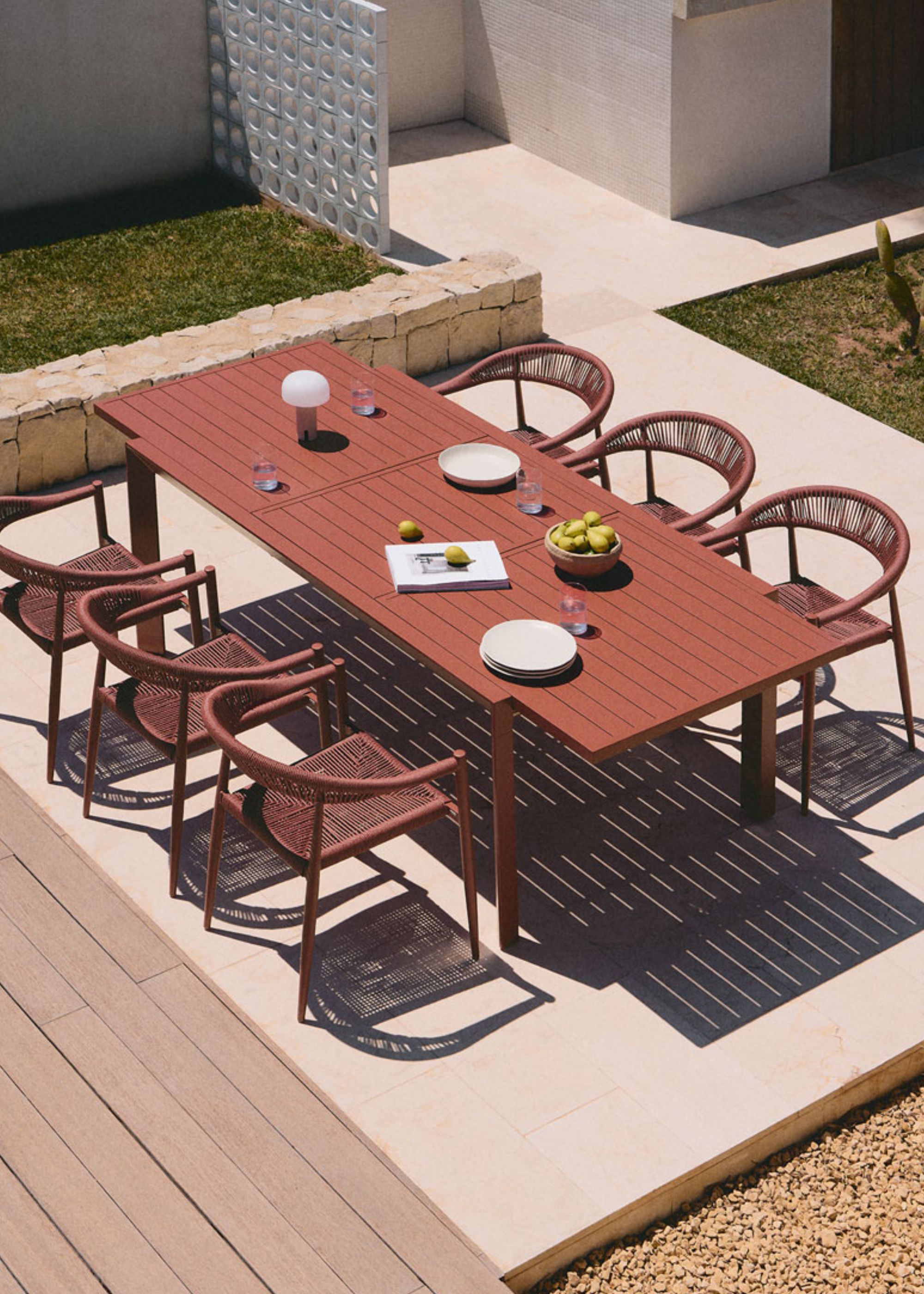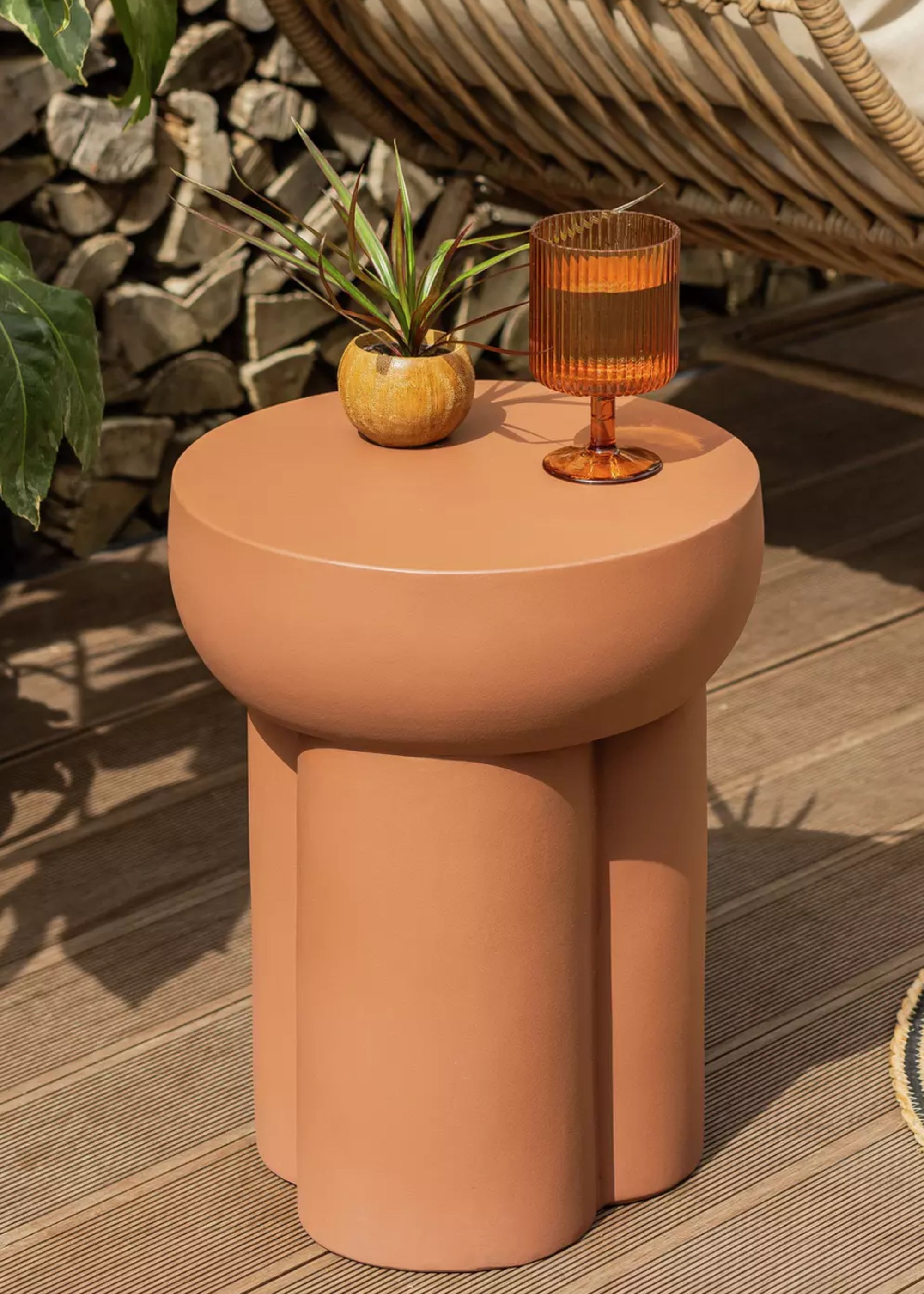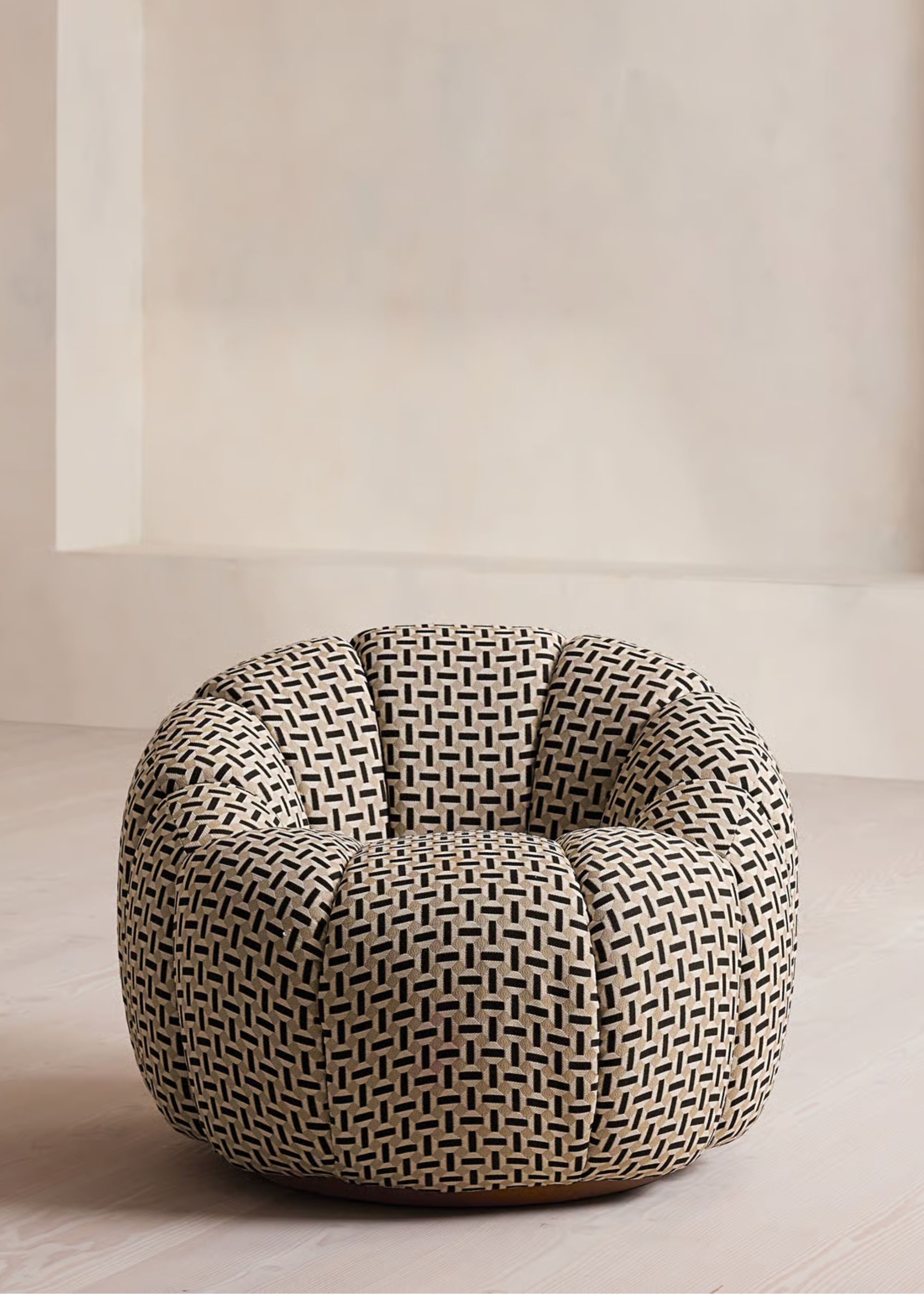5 Design Tricks for Autumn Gardens to Make Sure They Look Amazing, Even When Your Best Planting Dies Back
One of the best design tricks for autumn gardens is learning how to extend the flowering season by choosing the right plants
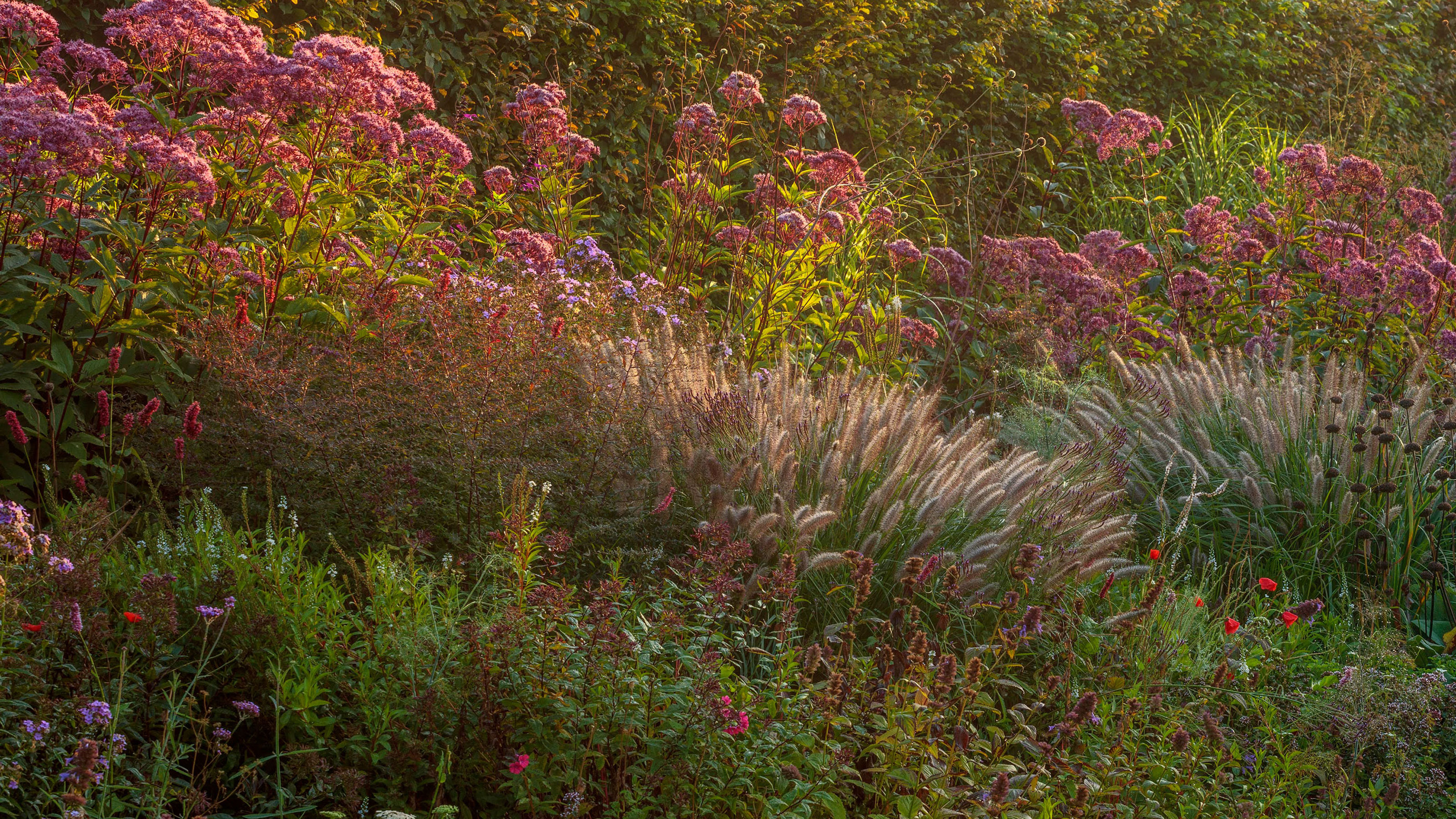
The best design tricks for autumn gardens extend the season by ensuring there is lots of color, texture, and interest to hold your attention. This is a boon if your garden tends to peak in summer, then tails off, suddenly over and done with by the time September hits.
The trick is to extend the gardening season so you can enjoy your outdoor space well into the autumn months. Late-blooming perennials such as asters, coneflowers, chrysanthemums, and Japanese anemones can be used to fill flower beds that will look good from late summer right up to November.
It's a good idea to add trees to the mix, too, choosing ones that offer colorful leaves, berries, and bark. Plus, of course, ornamental grasses are one of the best landscaping plants for modern garden ideas. We asked garden experts to share their design tricks for autumn gardens, and here are the ideas they came up with.
I. Make the Most of the Soft Autumn Light

The ornamental grass ‘Karl Foerster’ takes center stage in this autumn garden.
The golden light that's such a feature in the autumn garden works its magic in this design. It catches a majestic clump of the ornamental grass Calamagrostis ‘Karl Foerster’, turning it into a focal point in the garden as part of your landscaping ideas.
"There are lots of Hydrangea ‘Madame Emile Mouillere’ planted in this border too," explains garden designer Mandy Buckland. "These are mixed with another ornamental grass called Pennisetum 'Hameln', while Allium globe seed heads are deliberately left to add a wonderful architectural detail to enjoy far beyond autumn."
The vertical aspect of the tall and slender ‘Karl Foerster’ contrasts perfectly with the rounded hydrangea blooms and allium heads.
This design shows how to keep it simple with a select palette of plants that offer wonderful seasonal moments that, in many cases, extend into winter. The small clipped tree is an Ilex ’Nellie R Stevens’, with glossy dark green leaves and an abundance of red berries adding interest throughout autumn and into the cooler months. Choosing trees and plants with berries is one of the best design tricks for autumn gardens if you want to add color.
The Livingetc newsletters are your inside source for what’s shaping interiors now - and what’s next. Discover trend forecasts, smart style ideas, and curated shopping inspiration that brings design to life. Subscribe today and stay ahead of the curve.
Garden designer Amanda Buckland has a Bachelor of Arts degree in Garden Design, is an accredited member of the Society of Garden Designers (SGD), and has been awarded Gold Medals at RHS Chelsea and RHS Hampton Court. She works personally with every client, understanding their brief, designing their garden, liaising with landscapers, developing planting plans, sourcing plants and overseeing planting.
2. Use Strong Structural Elements to Add Interest
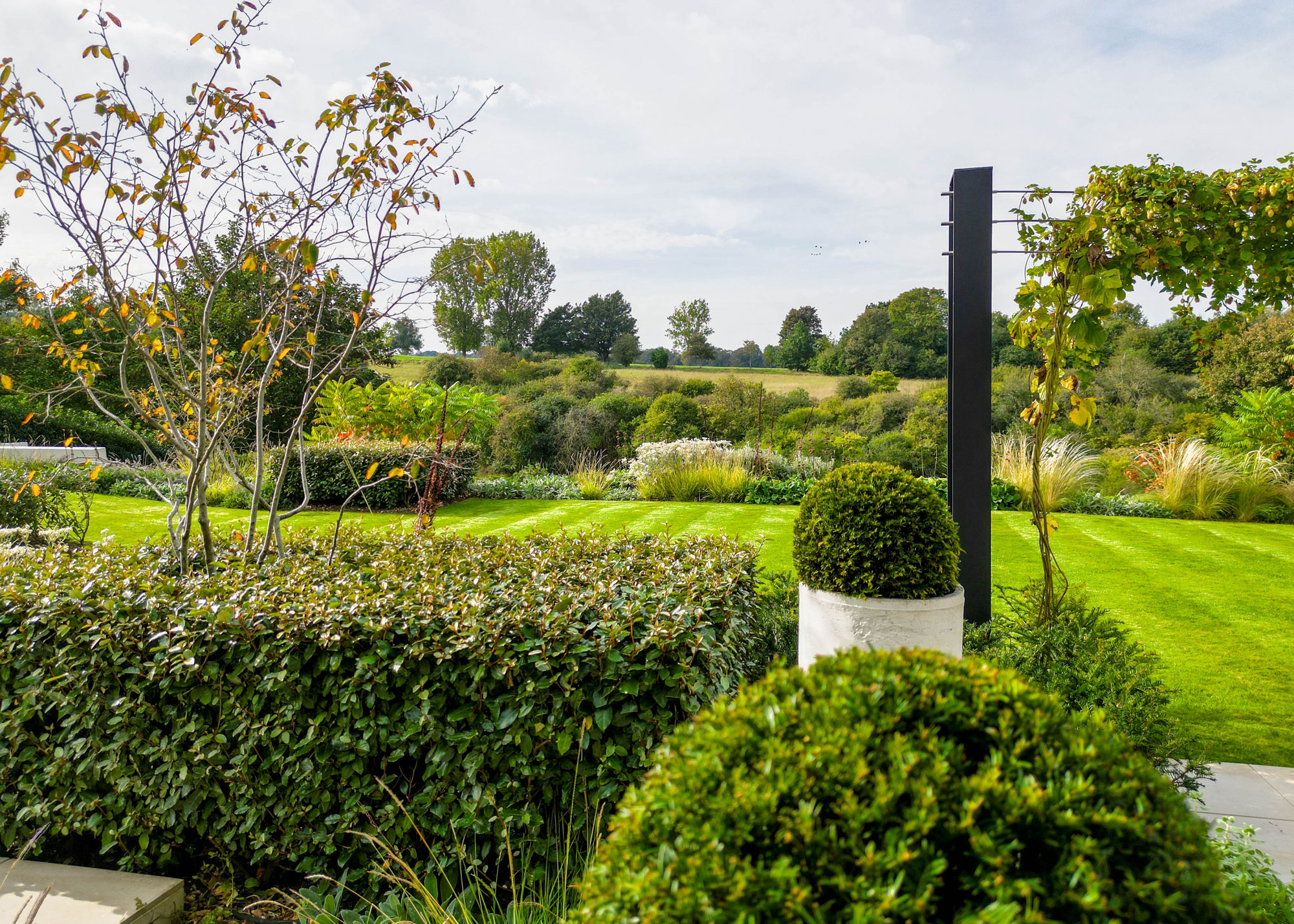
Structure is everything in the autumn garden.
A well-designed and balanced garden will offer something throughout the year, and will look beautiful even when summer comes to an end and flowers start to fade. Clever use of plants to create structure is one of the common design tricks for autumn gardens.
"The use of strong structural elements in this design, which creates the bones of the garden year-round, starts to come to the fore when autumn hits," says garden designer Stuart Towner. "The clipped Taxus and Elaeagnus cubes carry your eye through the garden, echoing the clean lines and strong architecture of the house with multi-stem Amelanchiers growing through the clipped topiary, giving color as the foliage turns and drops, revealing the beautiful tracery of the branches." These are all great architectural plants for winter gardens.
The use of climbers adds to the sense of seasonal change, with hops weaving their way across the pergola wires, and their delicate flowers shifting from green to golden brown. "Two other standout plants are Digitalis ferrunguinea and Phlomus russelliana," adds Stuart. "In both cases, tall spires of flower heads in dark brown stand out against the green of the yet-to-fall leaves, and later in the winter look stunning covered in dew and frost."

Stuart Charles Towner is a multi-award winning garden designer living in the UK. His designs are a meeting point of the old and the new, using traditional materials with a contemporary and modern eye for the creation of spaces that sit in perfect harmony with their surroundings. Each of Stuart's designs has a strong connection to the client, their property and its architecture, and the wider landscape that it sits within.
3. Include a Star of the Show in the Autumn Garden
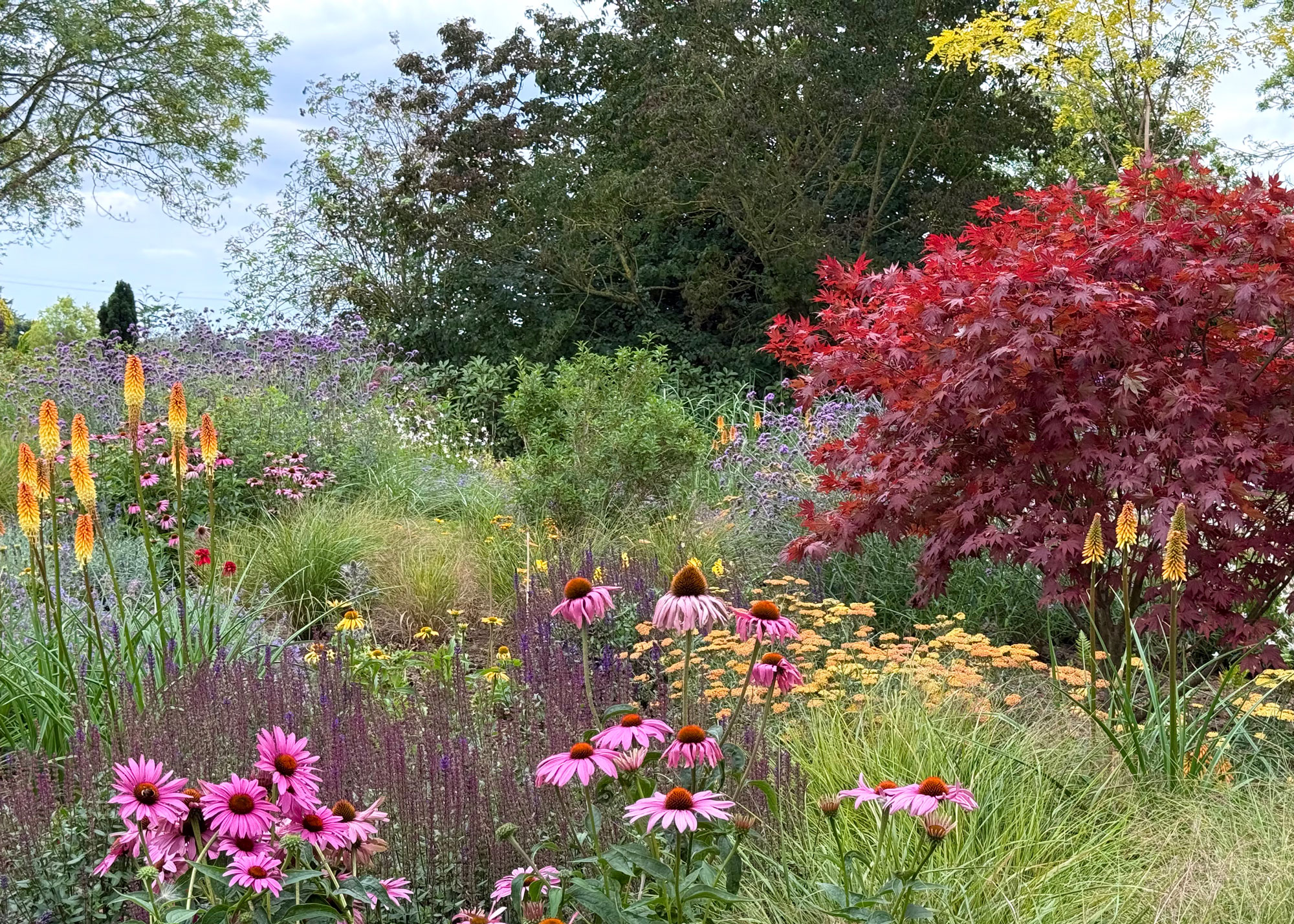
As the 'Tawny King' red hot pokers, and pink coneflowers (Echinacea 'Harvest Moon') fade, this stunning Acer 'Atropurpureum' tree becomes the star of the autumn show.
When late summer flowers like red hot pokers and coneflowers fade there should be an alternative option waiting in the wings to become the new star of the show. In this garden design by Mia Niklasson, the stunning deep red leaves of the multi-stemmed Acer palmatum ‘Atropurpureum’ tree work beautifully with the autumnal color palette, popping against the dark background of an evergreen yew tree.
"In addition to the year-round evergreen structure of a well-designed garden, I also carefully consider the seasonality of plants for my schemes," explains Mia. "For late summer and autumn, I focus on the colours that complement the turning colors of trees with an emphasis on rusty oranges.
"As the colder weather approache,s I also consider what part of the garden is the main ’star’ for that time of year, which should be a space in view from inside the house, or viewed on arrival."
Meanwhile, one of the easiest design tricks for autumn gardens is to fill any gaps in the planting with soft swathes of the ornamental grass Anemanthele lessoniana (pheasant's tail grass), Mia's go-to choice for adding fall garden color to your outdoor space.

Mia Niklasson is an award-winning Swedish landscape and garden designer based in Suffolk. She taught garden design and plant design at Otley College for five years before deciding to design gardens full-time in 2015. Mia works both in the UK and abroad on wide ranging projects. She takes careful consideration of plants’ natural habitats in her planting schemes and seeks inspiration from nature.
4. Plant a Range of Ornamental Grasses
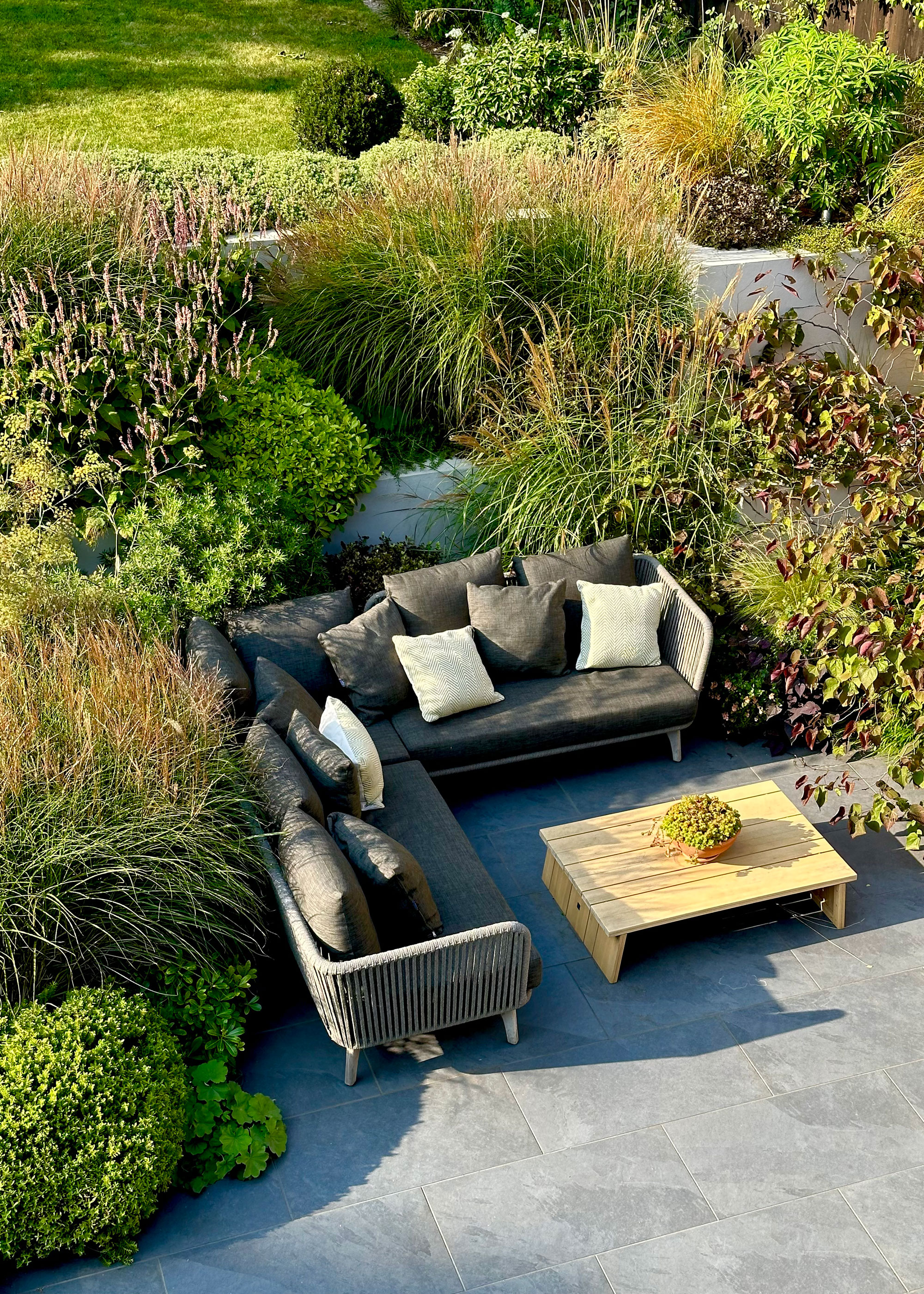
Ornamental grasses cozy up to a secluded seating area.
Many varieties of ornamental grasses only start to look their best as the summer season fades. They are an invaluable landscaping plant, providing structure, form, and movement. Versatile and adaptable, one of the main benefits of ornamental grasses is that they can be used to form natural-looking drifts.
"For me, the key to a successful autumn garden is grasses," says garden designer Fiona Lamb. "Often flowering well into the autumn months, just when many perennials are starting their decline, the grasses are looking fabulous. From smaller varieties like Pennisetum and Hakonechloa to taller, majestic Miscanthus, the flower heads give amazing seasonal interest in the autumn months."
Their soft colors fade as the weeks pass, but still their shapeliness and movement continue to be a graceful presence in our borders. When designing your autumn garden, if you ensure you have a good evergreen structure interspersed with swathes of texture and movement from grasses, your garden will continue to delight as the perennial planting around it starts to fade.
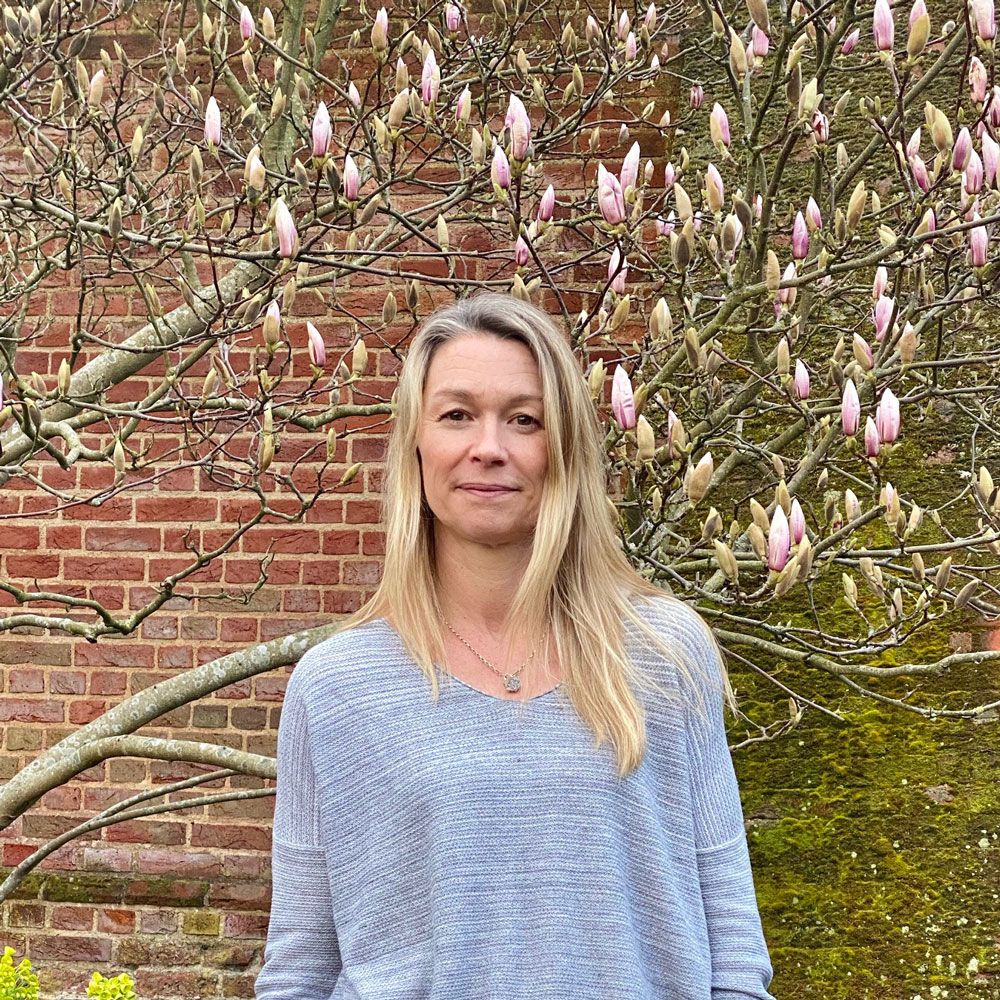
Fiona Lamb is an established garden designer known for creating elegant, practical, and enduring gardens. She works across a range of scales and contexts, from private urban gardens to larger rural settings. Delivering projects that respond sensitively to each site, Fiona uses strong architectural shapes and detailing softened by gentle, naturalistic planting.
5. Consider Strategic Placement of Evergreens
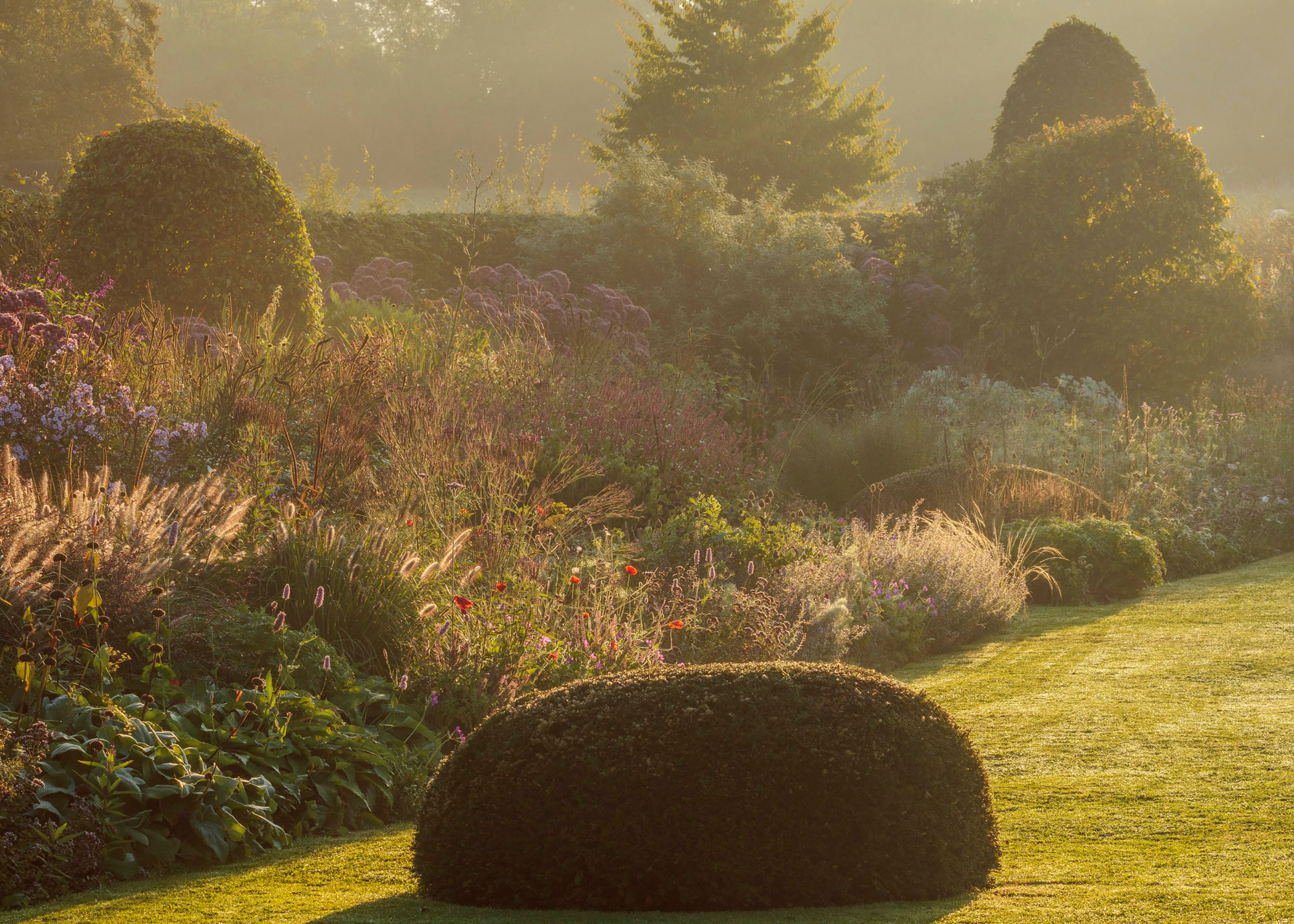
"The autumn border is rich in colour," explains Alasdair Cameron. "Evergreens bounce through providing a sense of permanence, while multistems add height and a delicate framework. Like a river, these key structural plants are the boulders around which everything else flows."
Clipped evergreens add architectural form in the autumn garden and become a focal point, especially when sculpted into smart or whimsical shapes. Eye-catching topiary is a way of adding drama and will create strong punctuation marks within your planting scheme to elevate the look when the garden starts to fade.
"Creating a good structure is one of the key design tricks for autumn gardens," says garden designer Alasdair Cameron. "We combine evergreens such as Taxus in varying shapes, for example, domes, beehives, and balls, and multi-stem trees to provide year-round form, color, and texture. As well as providing a “backbone” for seasonal planting, thoughtful strategic placement creates a sense of depth and balance in all seasons, including autumn and even in winter."
In addition to evergreens, Alasdair suggests choosing trees with fall color, such as crab apple, beech, Acer, and Liquidambar, all good examples of species that give autumnal joy to the garden.
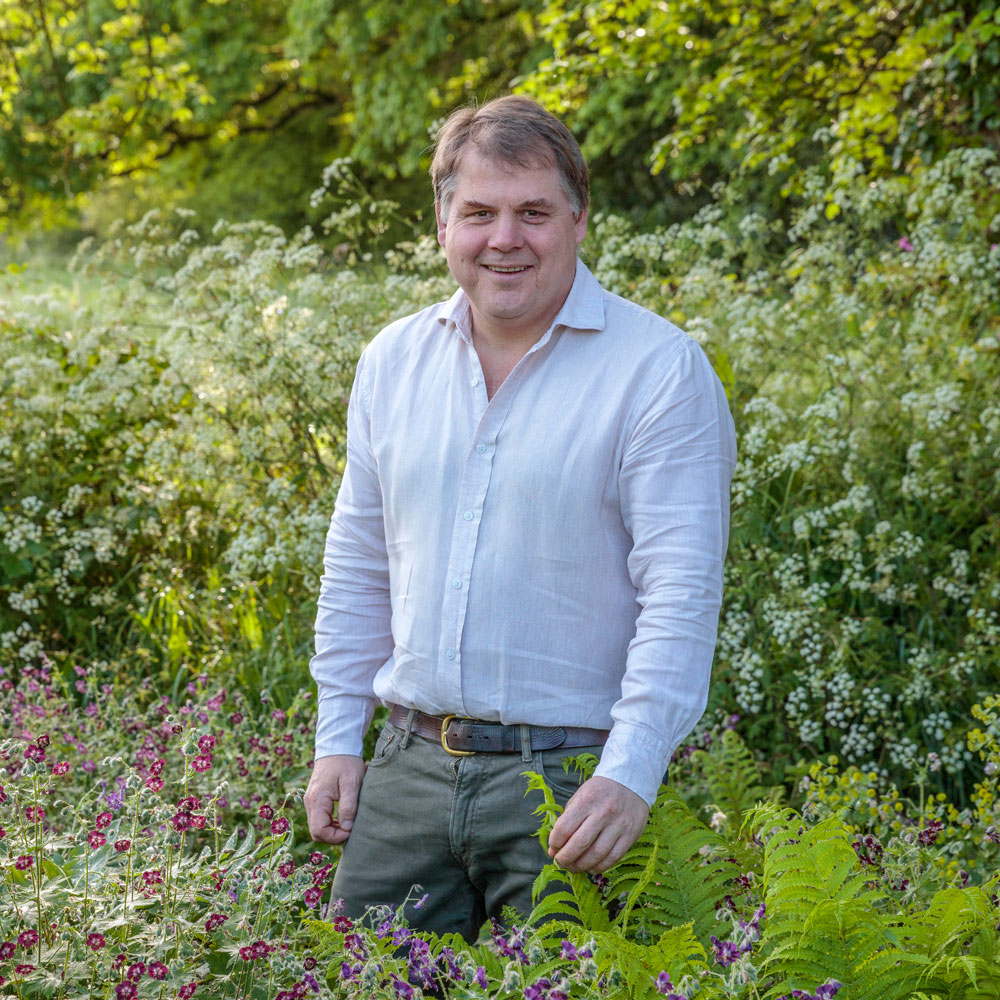
Alasdair Cameron is the founder of Cameron, a fully integrated garden design, build and maintenance company, and has over 30 years' experience in the industry. He believes in designing spaces that deliver on beauty and functionality, designed to be lived in, used and enjoyed. Alasdair is passionate about working with nature and the landscape, as well as encouraging biodiversity.
Pieces to Add to Your Autumn Garden
FAQs
How to Create an Autumn Garden
If you're wondering how to create an autumn garden, remember that color is everything at this time of year. Choosing is easy with these expert suggestions from garden designer Olivia Rossi.
"Choose at least one specimen tree that will take specular hues at this time of year. Acers are notoriously good for this, especially in smaller gardens. It’s a great idea to wander through nurseries in autumn to discover new species of trees or shrubs to introduce to your garden. This is how I discovered the less well-known Cercis canadensis ‘Forest Pansy’ with its stunning heart-shaped leaves turning a bright red in October.
"In order to keep some structure through autumn and winter, plant a good mix of evergreen shrubs. Pittosporums are great for this, as well as yew domes. We like to mix green and purple foliage too for added interest, such as purple beech.
"Ornamental grasses are also a great way to provide interest and movement when some of the other plants die back: we use Anemanthele lessoniana, Pennisetums, and Hakonechloa macra amongst others.
"Finally, autumn doesn't necessarily mean no more flowers. Choose late flowering perennials such as Japanese Anemones in pink or white, and shrubs such as Hydrangea paniculata. We use ‘Limelight’ with its white flower heads turning a delightful candy-floss pink in autumn."
These are some of the best design tricks for autumn gardens to make sure your outdoor space stays looking good.

Olivia comes from a family of gardeners and trained at the Inchbald School of Design after a career in advertising in London. She now lives and works across France and the UK. She creates soulful, timeless, and elegant contemporary gardens for her clients. She is currently bringing back to life a historic garden near Biarritz in South West France.
Finally, here's one of the best eco design tricks for autumn gardens from designer Alasdair Cameron: "I encourage leaving the seed heads of earlier-flowering varieties such as Alliums and Verbascum as they offer structure, interest, and vital food and habitat for local wildlife."
Find more ideas on wildlife gardening if you want to boost biodiversity in your garden.
Lifestyle journalist Sarah Wilson writes about garden design and landscaping trends. She has studied introductory garden and landscape design, and also has an RHS Level 2 qualification in the Principles of Plant Growth and Development. She is a regular contributor to Livingetc.com, and also writes for Homes & Gardens, Country Living, Country Homes & Interiors, and Modern Gardens magazines. Her first job was at Elle magazine, during which time a trip to the beautiful La Colombe d'Or in St-Paul-de-Vence led to an interest in writing about all things botanical. Later as lifestyle editor at Country Homes & Interiors magazine one of the highlights were the run of captivating country gardens that were featured.
